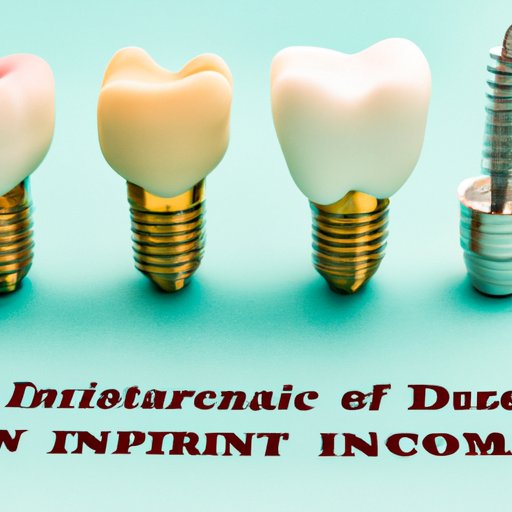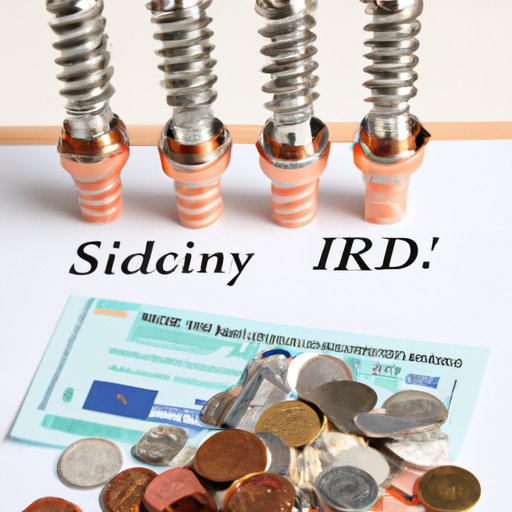
An Overview of Dental Implant Costs
Dental implants are a popular option for replacing missing teeth. They provide a permanent solution that looks and feels like natural teeth. But how much do dental implants cost? In this article, we’ll explore the various factors that affect the cost of dental implants and provide tips on how to save money when getting implants.
Definition and Types of Dental Implants
Dental implants are artificial tooth roots made from titanium. When implanted into the jawbone, they fuse with the bone and become a strong, long-lasting foundation for replacement teeth. The most common type of dental implant is the endosteal implant, which is placed directly into the jawbone. There is also the subperiosteal implant, which is placed on top of the jawbone, and the zygomatic implant, which is placed in the zygomatic bone.
Average Cost of Dental Implants
The cost of dental implants can vary significantly depending on the location, dentist experience, type of implant, and additional procedures needed. According to the American Academy of Implant Dentistry (AAID), the average cost of a single dental implant can range from $1,000 to $3,000. However, if multiple implants are needed, the cost can be as high as $30,000.
The Cost Factors of Dental Implants
When it comes to the cost of dental implants, there are several factors to consider. These include:
Location
The cost of dental implants may vary depending on where you live. For example, implants may cost more in urban areas than in rural areas. Additionally, some countries may have higher or lower rates than others.
Experience of the dentist
The experience of your dentist can also affect the cost of dental implants. Generally, more experienced dentists may charge more for their services. It’s important to research the credentials of any dentist you’re considering for your implant procedure.
Type of implant
The type of implant you choose can also affect the cost. Endosteal implants, which are placed directly into the jawbone, tend to be less expensive than other types of implants. Subperiosteal and zygomatic implants, which are placed on top of the jawbone and in the zygomatic bone, respectively, are usually more expensive.
Additional procedures
Other procedures may be necessary before or during the implant procedure. These can include bone grafting, sinus lifts, and gum grafts. These additional procedures can increase the overall cost of dental implants.
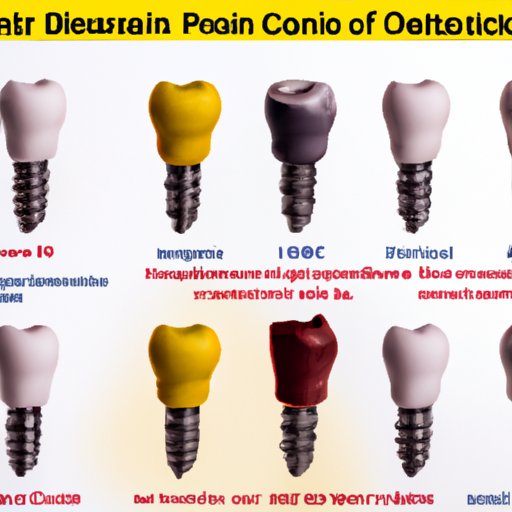
How Different Types of Dental Implants Affect Cost
The type of implant you choose will also affect the overall cost. Below, we’ll explore the different types of dental implants and how they can affect the cost.
Single-tooth implant
A single-tooth implant is used to replace one missing tooth. This type of implant typically requires little preparation and is relatively inexpensive. The average cost of a single-tooth implant is around $2,400.
Multiple-tooth implant
A multiple-tooth implant is used to replace two or more missing teeth. This type of implant requires more extensive preparation and is more expensive than a single-tooth implant. The average cost of a multiple-tooth implant is around $4,500.
All-on-four implants
All-on-four implants are used to replace all of the teeth in the upper or lower jaw. This type of implant requires extensive preparation and is the most expensive type of implant. The average cost of all-on-four implants is around $25,000.
Exploring Payment Options for Dental Implants
If you’re looking for ways to pay for dental implants, there are several options available. These include financing options, credit cards, and savings accounts.
Financing options
Many dentists offer financing options to help patients pay for their implants. These options may include interest-free payment plans or loans with low interest rates. Be sure to compare different financing options to find the best deal.
Credit cards
Some dentists accept credit cards as a form of payment. If you use a credit card to pay for your implants, make sure you understand the terms and conditions associated with the card. You want to avoid carrying a balance and paying interest.
Savings accounts
If you have sufficient funds saved up, you can use a savings account to pay for your implants. This is a good option if you don’t want to take out a loan or use a credit card.
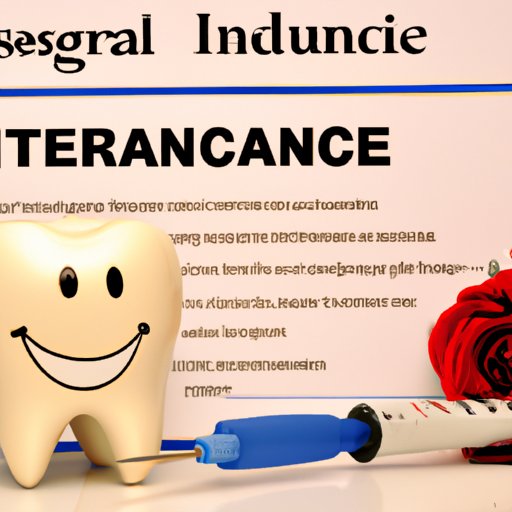
A Guide to Dental Insurance Coverage for Implants
If you have dental insurance, you may be able to get some coverage for your implants. However, not all insurance plans cover implants, so it’s important to check with your provider to see what is covered.
What does insurance cover?
Most insurance plans will cover some portion of the cost of implants. The amount covered will depend on your plan and the type of implant you choose. Some plans may also cover additional procedures, such as bone grafts and sinus lifts.
How much does insurance pay?
The amount that insurance pays depends on the type of implant you choose. Typically, insurance will pay a percentage of the cost of the implant, up to a certain limit. For example, a plan may cover 50% of the cost of an implant up to a maximum of $2,000.
Cost-Saving Strategies for Dental Implants
If you’re looking for ways to save money on dental implants, there are several strategies you can use. These include researching different dentists, taking advantage of discounts, and shopping around for better prices.
Researching different dentists
It’s important to research different dentists to find one who is experienced and offers competitive pricing. Be sure to read reviews and ask questions to ensure you’re getting the best possible care.
Taking advantage of discounts
Many dentists offer discounts for cash payments or for larger treatments. Be sure to ask your dentist if they offer any discounts or special offers.
Shopping around for better prices
Comparing prices between different dentists is a great way to save money on dental implants. Check online for reviews and ratings of different dentists in your area.
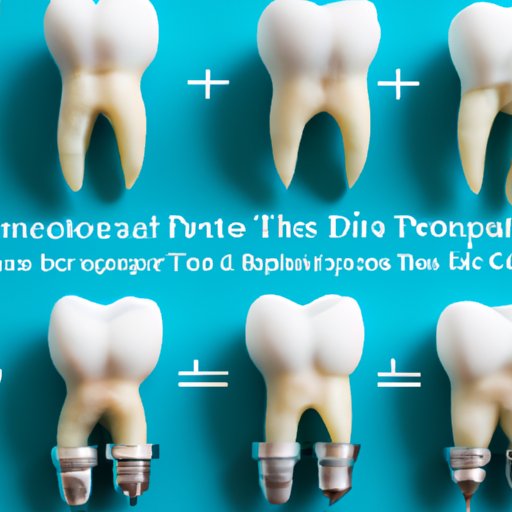
Comparing the Cost of Implants to Other Tooth Replacement Solutions
When considering dental implants, it’s important to compare the cost to other tooth replacement solutions. Here’s a quick look at the cost of some of the most popular options.
Bridges
Bridges are used to replace one or more missing teeth. The cost of a bridge depends on the number of teeth being replaced and the type of bridge chosen. On average, a bridge can cost anywhere from $500 to $1,500 per tooth.
Dentures
Dentures are removable prosthetic devices used to replace all of the teeth in the upper or lower jaw. The cost of dentures depends on the type of denture chosen and the materials used. On average, a full set of dentures can cost anywhere from $1,000 to $3,000.
Partial dentures
Partial dentures are similar to full dentures but are used to replace only some of the teeth in the upper or lower jaw. The cost of partial dentures depends on the number of teeth being replaced and the type of denture chosen. On average, partial dentures can cost anywhere from $500 to $2,000.
Crowns
Crowns are used to restore damaged or decayed teeth. The cost of a crown depends on the type of material used, the size of the crown, and the dentist’s fee. On average, a crown can cost anywhere from $500 to $3,000.
Conclusion
Dental implants are a popular option for replacing missing teeth. The cost of implants can vary significantly based on the location, dentist experience, type of implant, and additional procedures needed. It’s important to explore all of the payment options available, including financing options, credit cards, and savings accounts. Additionally, insurance may cover some portion of the cost. Finally, it’s important to compare the cost of implants to other tooth replacement solutions to ensure you’re getting the best value for your money.
(Note: Is this article not meeting your expectations? Do you have knowledge or insights to share? Unlock new opportunities and expand your reach by joining our authors team. Click Registration to join us and share your expertise with our readers.)
